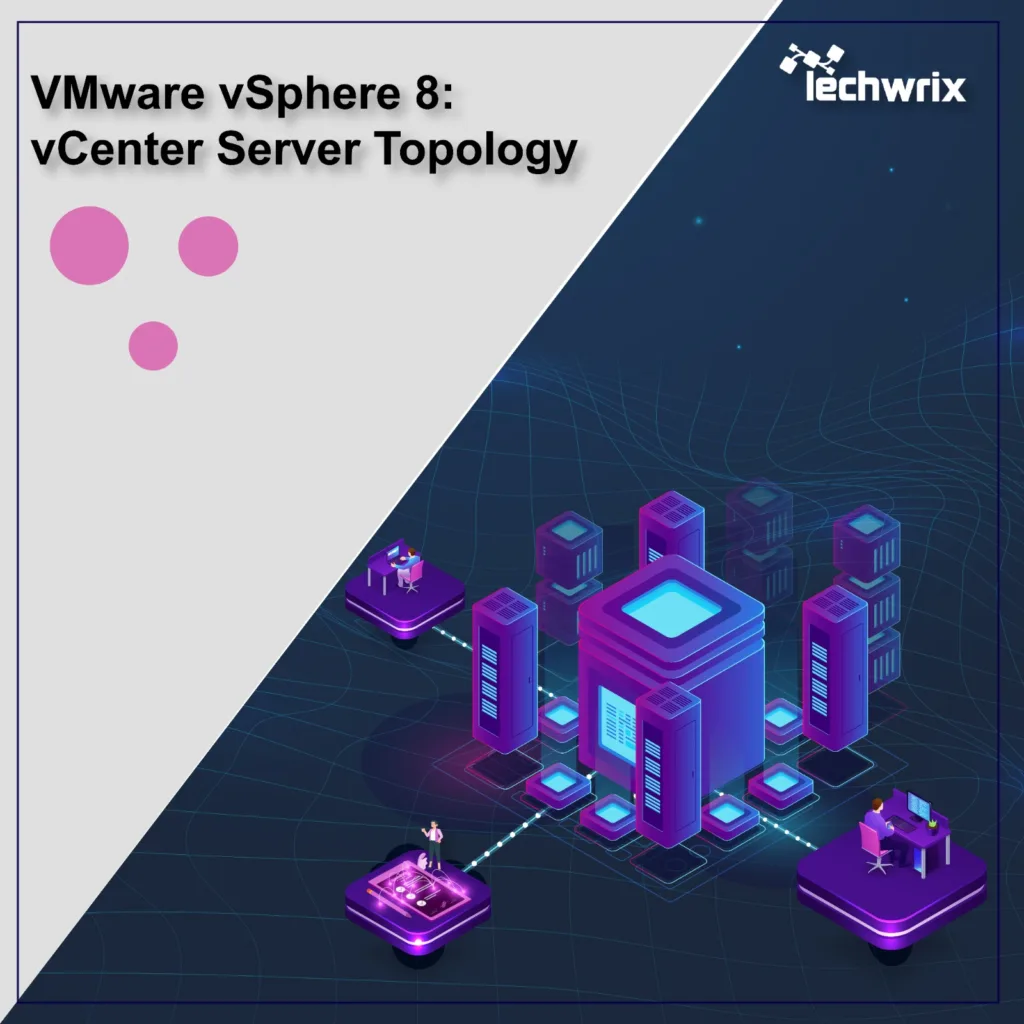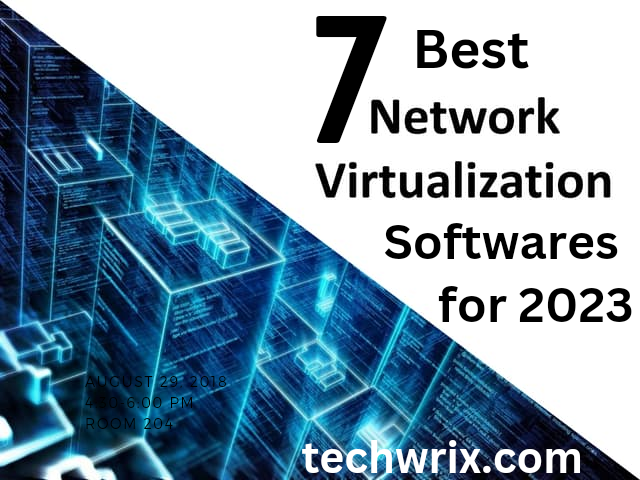
In this post, we’ll discuss the vCenter Server 8 topology. This post covers Objective 1.2 of VMware 2V0-21.23 Exam Preparation Guide where we’ll learn about the deprecation and new enhancements introduced in VMware vCenter Server 8.0.
In previous versions of VMware vSphere, they supported embedded and an external Platform Services Controller (PSC). External PSC could run as a separate VM and provide certain vSphere services such as Single Single-On (SSO) or directory services, licensing services, and certificates assigning, and considered as a recommended architecture for multi-site or large-scale virtual infrastructure deployments.
In VMware vCenter Server 8.0, two things to keep in mind. The first is that vCenter Server on Windows is no longer available and the second is; External PSC is deprecated and vCenter Server and PSC services are consolidated into a single VM. If you’re running vCenter Server 6.7 or 7.0 with External PSC, you’ll have to convert it to embedded PSC before upgrading to vCenter Server 8.0 and all the processes will be automatically converging into the embedded PSC while upgrading to vCenter Server 8.0.
If you’re interested in vSphere certification, check out this Clear and Simple vSphere 8 Professional – VMware VCP DCV course, it will help you pass the exam.

VMware introduced a tool called vCenter Server Converge Tool, which was first added to the GUI with vSphere 6.7 U2. It helps you to upgrade the vCenter Server from previous versions to vCenter Server 8 from External PSC into the embedded PSC and it also verifies any additional components required during the upgrading process, and if it required, will be downloaded automatically from the VMware Online Repository.
Also Read: HCX OS Assisted Migration in VMware Cloud on AWS

To understand how to consolidate vCenter external PSC with the vSphere Converge Tool, I’ve found a beautiful blog/post on esxi.com, you can find it here.
vCenter Server 8.0 can now only be deployed as a vCenter Server Appliance (VCSA) that is based on a Photon OS; a Linux-based OS maintained by VMware and only HTML5-based vSphere client is available to access vCenter Server as Flash-based vSphere Web Client is no longer supported
For a quick look at what enhancements have been introduced in vCenter Server 8.0, you can see the following table that compares it to the previous vCenter Server 6.7:
Also Read: VMware vSphere 8: Identify NFS, iSCSI, and SAN Storage Access Protocols

Conclusion
VMware has simplified the vCenter Server 8 into a single VM with embedded PSC only with some new enhancements, and we don’t have to deal with two versions: Windows and Virtual Appliance (VCSA).
VMware also introduced vCenter High Availability (HA) which protects your vCenter Server against host and hardware failures and also reduces downtime associated with patching it. vCenter Server HA can be done using 3 VMs where two full VCSA nodes and a witness node can be used. One VCSA node will act as an active and one passive and will be connected through a vCenter HA network, which is created when you set up the HA environment, and this HA network is further used to replicate data and connectivity to the witness node.
If you’re interested in vSphere certification, check out this Clear and Simple vSphere 8 Professional – VMware VCP DCV course, it will help you pass the exam.
Also Read: VMware by Broadcom Dramatically Simplifies Offer Lineup and Licensing Model




